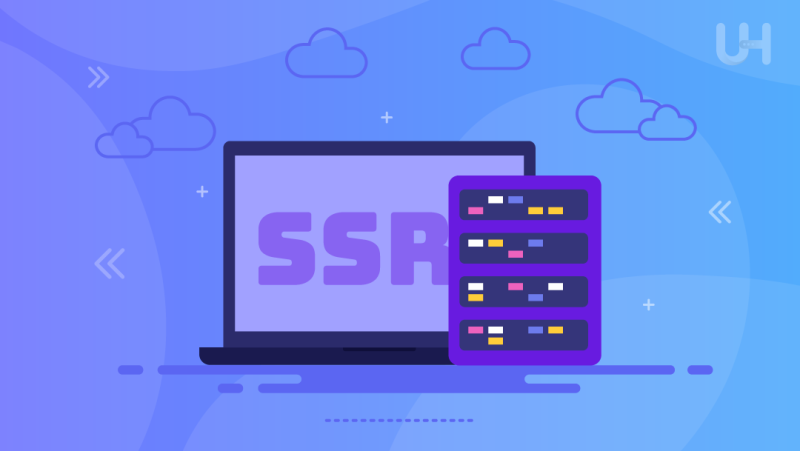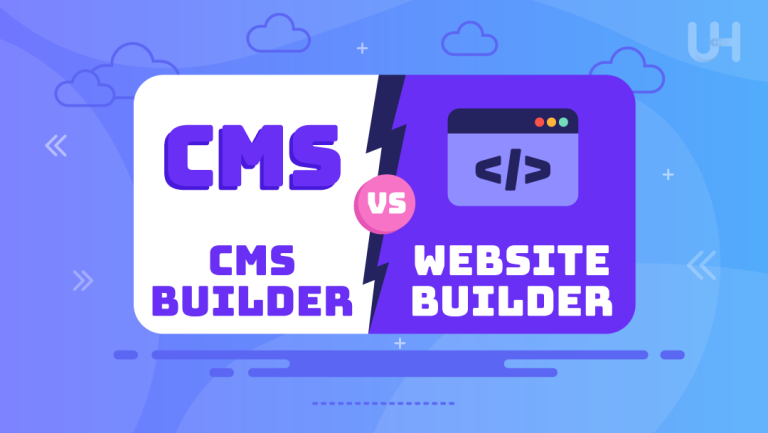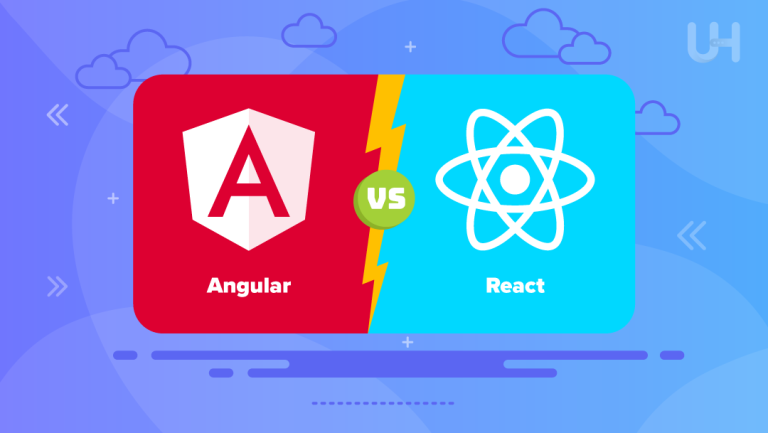If you are familiar with web development, you must have come across the term Server Side Rendering at least once. But what is server side rendering and how does it work? In this article, we delve deeper into how web servers render content for the end users to help you understand the fundamentals.
Server-side rendering takes a load off the client’s web servers, improving page load speeds. The web pages are generated at build time and serve as static files. This approach contrasts with dynamic server-side rendering, where pages are generated on the fly for each request. Let’s walk you through the details.
What is Server Side Rendering?
Server Side Rendering (SSR) is the process of converting HTML files on the server into fully rendered HTML pages for the end user. When a web browser requests information from the server, the latter responds by sending a rendered page to the client. One of the major benefits of server side rendering is web crawlers can index pages prior to delivery, This boosts the site’s SEO and improves SERP rankings.
What are the Benefits of Server Side Rendering?
Here are the potential benefits of server side rendering.
- Faster Load Times: A web application rendered on the server side loads quickly even when the client browses from a low-bandwidth internet connection. Thus, improving the overall user experience.
- Easy Web Indexation: As the content is fully rendered before being sent to the end user, search engine crawlers can index the page, improving the website’s SERP rankings.
- Easy Social Media Indexation: Social media crawlers find it difficult to index JavaScript content due to its dynamic nature. So, if social media marketing is an important part of your promotional strategy, server-side rendering is your best bet.
- Better Accessibility: SSR applications are suitable for clients using older devices with less powerful hardware. Since assistive technology such as screen readers don’t always parse client-side JS, SSR is recommended for one-page websites.
What are the Drawbacks of Server Side Rendering?
Here are the primary drawbacks of server-side rendering.
- Cost of Operations: To deploy an SSR application, you need a web host or a serverless architecture, which increases operational expenses. Since the content is rendered on the server side, you need a powerful hosting solution. Ultahost’s VDS hosting plans offer blazing-fast speeds at affordable prices for the most value for money and complete peace of mind.
- Slower Page Rendering: While SSR is ideal for static site rendering, it can slow down overall site rendering in complex applications such as frequent server requests and full page reloads.
- Compatibility Issues: Server side rendering is incompatible with loads of third-party libraries and tools, including WordPress plugins, such as performance extensions and SEO plugins.
- Larger Page File Size: SSR applications have larger HTML size due to the embedded hydration state. While this is not a downside, web developers must keep the point in mind to prevent complications.
Boost User Experience with 10Gbps Dedicated Servers
Elevate your website’s user experience with 10Gbps dedicated servers from Ultahost. Upgrade to our high-performance servers and tackle increasing traffic demands without compromising speed or security.
Server Side Rendering vs Client Side Rendering
Server-side rendering and clint-side rendering are the two processes used for displaying web content. They define how a page loads on your computer or smartphone when you send a request to view a page. Let’s explore the key differences.
- SSR: As the name suggests, the content is generated on the server before being sent to the browser. This improves page load speeds, user experience, and SEO. However, users must wait for the browsers to load before they can see the rendered page. This can be a problem when viewing dynamic websites on a low-bandwidth internet connection.
- CSR: In client-side rendering, the page is rendered on the browser. The basic HTML skeleton loads first with some CSS elements. The server sends the rest of the content that is rendered in real-time on the client’s side. This is helpful for dynamic websites as end users have to wait less to view the content.
Server Side Rendering (SSR) vs Static Site Generator (SSG)
Before diving into the differences between SSR vs SSG, we must first explore the fundamentals of static site generation.
What is Static Site Generation?
Static Site Generation or SSG is the process of rendering web pages ahead of time, usually while building the website. The generated JavaScript, CSS, and HTML files are sent to the client, allowing web servers to load the content in record time.

What are the Benefits of SSG?
Static Site Generation has several benefits. Let’s walk you through the primary advantages.
- Speed: Pre-rendered pages are directly served from the Content Delivery Network, which reduces page load time and improves the overall user experience.
- Security: SSG minimizes security vulnerabilities by eliminating the need for databases and server-side rendering.
- SEO: Pre-rendered pages simplify web crawling, improving a website’s ranking and search visibility.
- Accessible: SSG eliminates the need for complex server setups and database management to streamline deployment.
SSR vs SSG
Both SSR and SSG are useful for SEO as they render HTML outputs on the server side. This helps search crawlers index web pages and improve SERP rankings. While static site generators offer fast rendering, making them suitable for building larger pages, SSR helps develop dynamic content.
Whether you should choose between SSR and SSG depends on the specific needs of your web applications. For example, if the data and content are available during website building, using an SSG is your best bet. However, if your website needs to display content in real-time, you should consider using SSR. In either scenario, a powerful SEO VPS plan gives you the bandwidth to host fast-loading websites.
Conclusion
The impact of static site rendering extends far beyond enhancing user experience or improving website performance. It influences how content is created, accessed, delivered, and interacted with. SSR is ideal for SEO as allows web crawlers to index pages when compared to client-side rendering. This optimization drives traffic and boosts business growth.
Unleash the speed and potential of your website with Ultahost’s High RAM VPS Hosting plans. Enjoy optimal flexibility, blazing-fast speeds, and free DDoS protection, starting from just $5.99/month.
FAQ
What is server side rendering?
Server side rendering is a web development technique where the content is rendered on the server instead of the client’s browser. This helps with SEO and improves page load speeds.
What is the difference between SSR and CSR?
The primary difference between server-side and client-side rendering is where the process occurs.
Do you want to enable SSR?
One of the primary benefits of server side rendering is improved page load speed. SSR can boost the performance of web apps by sending fully rendered HTML pages to the client. CSR, on the other hand, renders web pages on the client’s browser.
Do I need SSR for SEO?
SSR is one of the key components of a modern SEO strategy. SSR plays a crucial role in determining a website’s SERP ranking. You should consider enabling SSR to improve your SEO performance.
Is SSR safer than CSR?
Server-side rendering is often viewed as a safer alternative to client-side rendering. This is because the content is generated on the server, leaving no room for security vulnerabilities.
When to not use SSR?
You should not use SSR for applications that require real-time user interactions and dynamic content updates.
What are the disadvantages of SSR?
Transitioning between pages can be slower with SSR, especially if the server handles complex databases. SSR sites can be harder to secure than CSR sites due to larger surface area.










